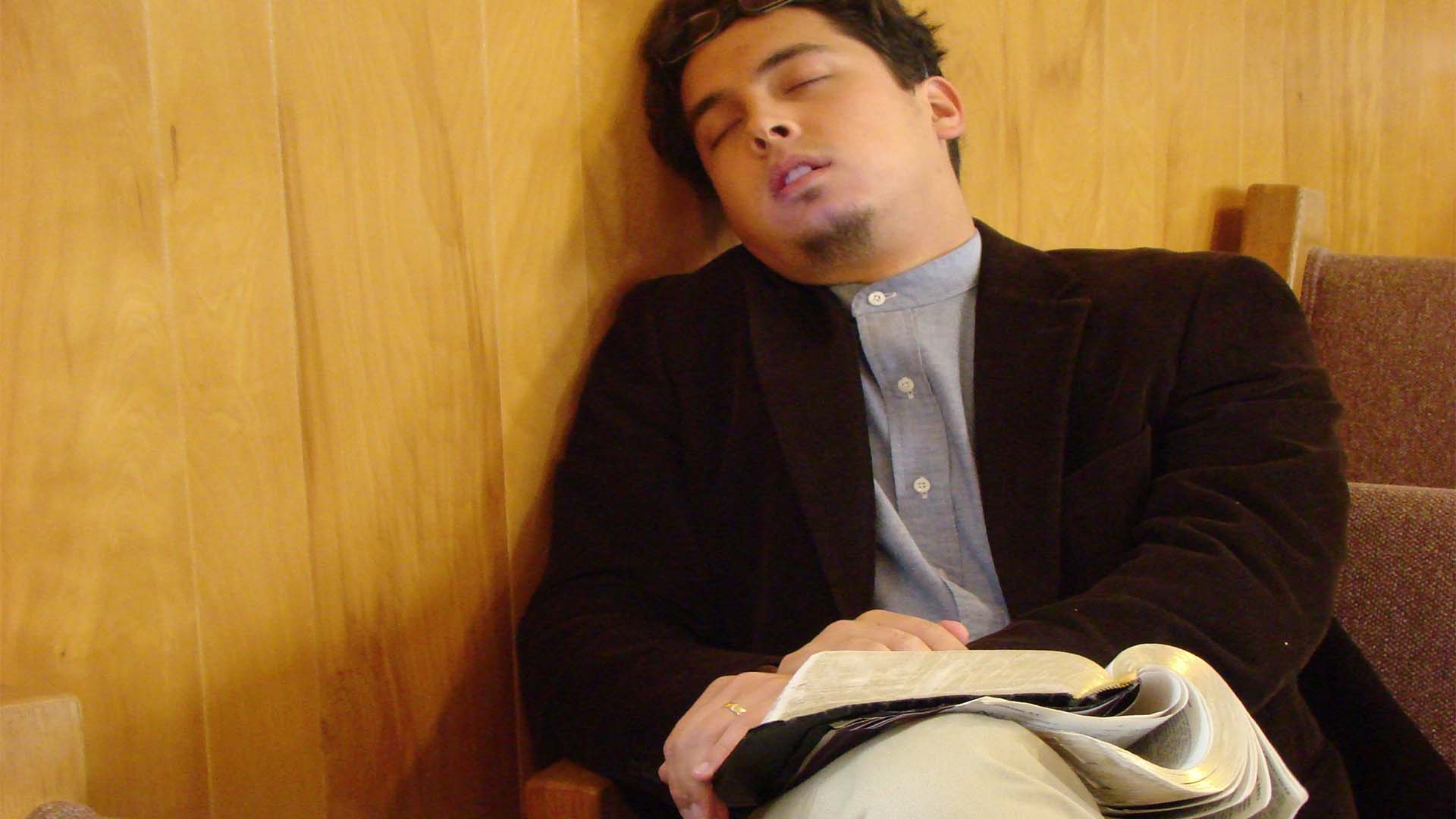It happened again. Great worship was happening and then … nothing.
Silence
Dead air time
Squirrel!!!
Let’s be honest here … if the radio (or your favorite online server) goes silent while you’re driving, how long before you’re off to the next station or playlist?
According to a study I read, they said thirty seconds.
According to my experience and conversations with others … about 3 seconds and then BAM! we change the radio station or the Spotify or Pandora or YouTube station.
Dead air time in the worship service creates a similar problem, but instead of changing channels, your worshippers tune out. Their minds wander, the energy drains, and ultimately their worship experience is diminished.
And dead air time happens in worship … a lot.
- The choir shuffles and stumbles and the choir director soundlessly fusses to get the vocalists to get it together. (5–7 seconds)
- The choir finishes and the pastor waits until they’ve left the platform before standing to address the congregation. (7–15 seconds)
- The worship leader waits unto the congregation is seated after the opening hymn before standing and leading the invocation. (4 seconds)
- Everyone waits in silence as the deacons walk to the front of the church to start collecting the offering. (10–12 seconds)
- The worship leader waits in silence between songs as the band resets their music and the guitarist adjusts their capo before launching into the next song. (4–6 seconds)
And the whole congregation zones out as they endure the dead air time …
These are just a few of the most common dead air times. There are so many more opportunities for dead air that it’s difficult to pinpoint them all.
There are three common solutions.
- Train your worship leaders, participants, and your pastor to be in place before the whatever precedes their part is finished. The worship leader approaches the podium before the last strains of the opening song is done … and begins to speak while the congregation is being seated. Similarly for all other worship leaders.
- Raise up a worship director whose job is to cue the next participant and get them leading the moment the previous worship movement is complete.
- Train your worship leading vocalist to “fill in” with prayer, scripture, or comment while the band resets. Better yet, transpose songs and create bridges between them so the band and the congregation can slip from one song and into another without dead time.
It’s easy to discover when your service is experiencing dead time. Simply record the audio (and video!) of the worship service and listen to it during the week and “mark” those places where there’s more than 2 seconds of silence. Wherever there is, find ways to fill that silence and keep your congregation engaged in the worship experience.






Or teach worshipers to embrace any silences as opportunities to be still before the presence of the Lord.
That could work … with well churched members. But if you’re expecting visitors, then you’ll lose them every time. They just won’t stay tuned in. However, if the worship service wants to include intentional times of silence for guided reflection, then it turns out most of us – church experienced or not – can make good use of that time. It’s the unintentional pauses that throw people off track.